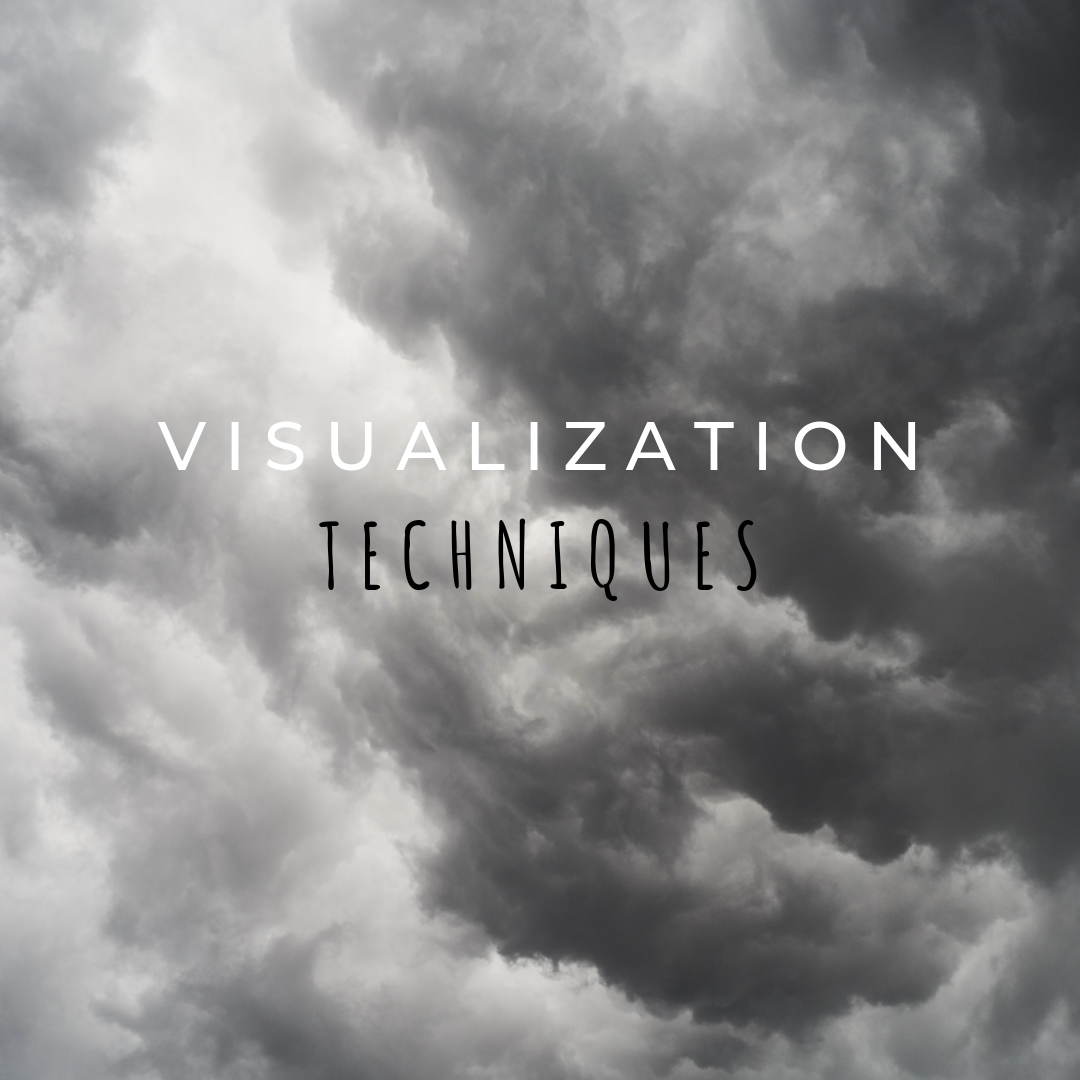 In the world of high performance, whether in athletics or in business, many high-achievers have developed mindset routines to help them tackle their goals. As we’ve discussed in prior posts, journaling, mediation, and spiritual health all play into this mental game. Another tool in high-performers’ tool belts are various visualization techniques. These visualization techniques allow them to work through the event before it happens, and to be completely prepared when the time comes.
In the world of high performance, whether in athletics or in business, many high-achievers have developed mindset routines to help them tackle their goals. As we’ve discussed in prior posts, journaling, mediation, and spiritual health all play into this mental game. Another tool in high-performers’ tool belts are various visualization techniques. These visualization techniques allow them to work through the event before it happens, and to be completely prepared when the time comes.
First and foremost, to achieve anything we first must know what we are trying to achieve. At ISN, we love the WHOOPIE goal setting framework to help us define our goals. Before you set a solid goal, you have nothing to visualize! So take 30 minutes and truly define what you’re looking to achieve before you begin trying to visualize.
Visualization Techniques | Why do they matter?
Interestingly, your brain does not make a distinction between physically doing an activity, and just imagining yourself doing the activity. In a sense, visualization is like virtual reality practice.
Many professional athletes (Michael Jordan, Kobe Bryant, and Tiger Woods, to name a few) have been noted as using visualization to teach themselves to make shots in big moments.
The truth is you can only physically be in your big moment once. You don’t get to do your big sales pitch three times in front of the prospect and have them pick the best one. You get one chance. Giving yourself a few run throughs by visualizing what you’ll say, what their reaction will be, and how you’ll handle different questions allows you to prepare well and make your one shot your best shot.
Three Steps to Visualization
It is worth pointing out: visualization is not some, “hope it into existence” mumbo jumbo. You cannot simply close your eyes, wish something will happen, and have it happen. It has to be much more intentional than that to be effective. You don’t show up to your gym, walk around for a bit, and see results. Same thing here.
step 1: visualize achieving your goal
To get yourself into the feeling of the moment or event, begin by sitting down, closing your eyes, and feeling yourself achieve your goal. What just happened? How does the room/field look? How do you feel about yourself? Ask these questions and begin to develop the emotions around achieving the goal. Get used to the feeling of success – you have to believe in it to make it happen.
step 2: Go through the process
This is where you brain makes the connections needed to improve. After you know what achievement looks like. Take the time to develop your process. One great example for this is with a free throw. Visualize walking up to the line. Dribble the ball an exact number of times. Look at the hoop, go through your motion, and see it go in.
Step 3: Repeat, repeat, repeat
Just like one shot in practice doesn’t make you an expert, going through your process one time in your mind will leave you coming up short as well. Set aside the time each week to do this. It doesn’t have to be daily, but building the habit will happen faster if it is. This can be part of your daily mindfulness, journaling time, or whatever time you’re carving out for yourself. Just make it a practice, and let it become a habit. You’ll see the results over time, not instantly.
Is it worth it?
Well, there’s only one way to find out. You have to try – and you have to commit to doing it consistently. One main takeaway from the series of posts on mental health and improving your mind is the need to give it as much attention as you give everything else in your health. Do you remember how hard it was when you first started at the gym? And how it’s been completely worth that struggle? Same thing here. Commit and work at it to see the results.



